Emergency Management Assistance Compact
Learn more about EMAC by watching the introduction video.

EMAC Protections
Workers' compensation, tort liability, license reciprocity, and reimbursement are among its many provisions

Operational Management
Learn how EMAC's membership manages operations during emergencies and disasters

Article 2 of EMAC Law
The state emergency management agency is responsible for implementing EMAC on behalf of the Governor

EMAC Training
Register for an account and take a free online course to learn more about EMAC at your own pace
Simple Straightforward Process
The success of the EMAC system is dependent on everyone identifying and fulfilling their responsibilities within the process.
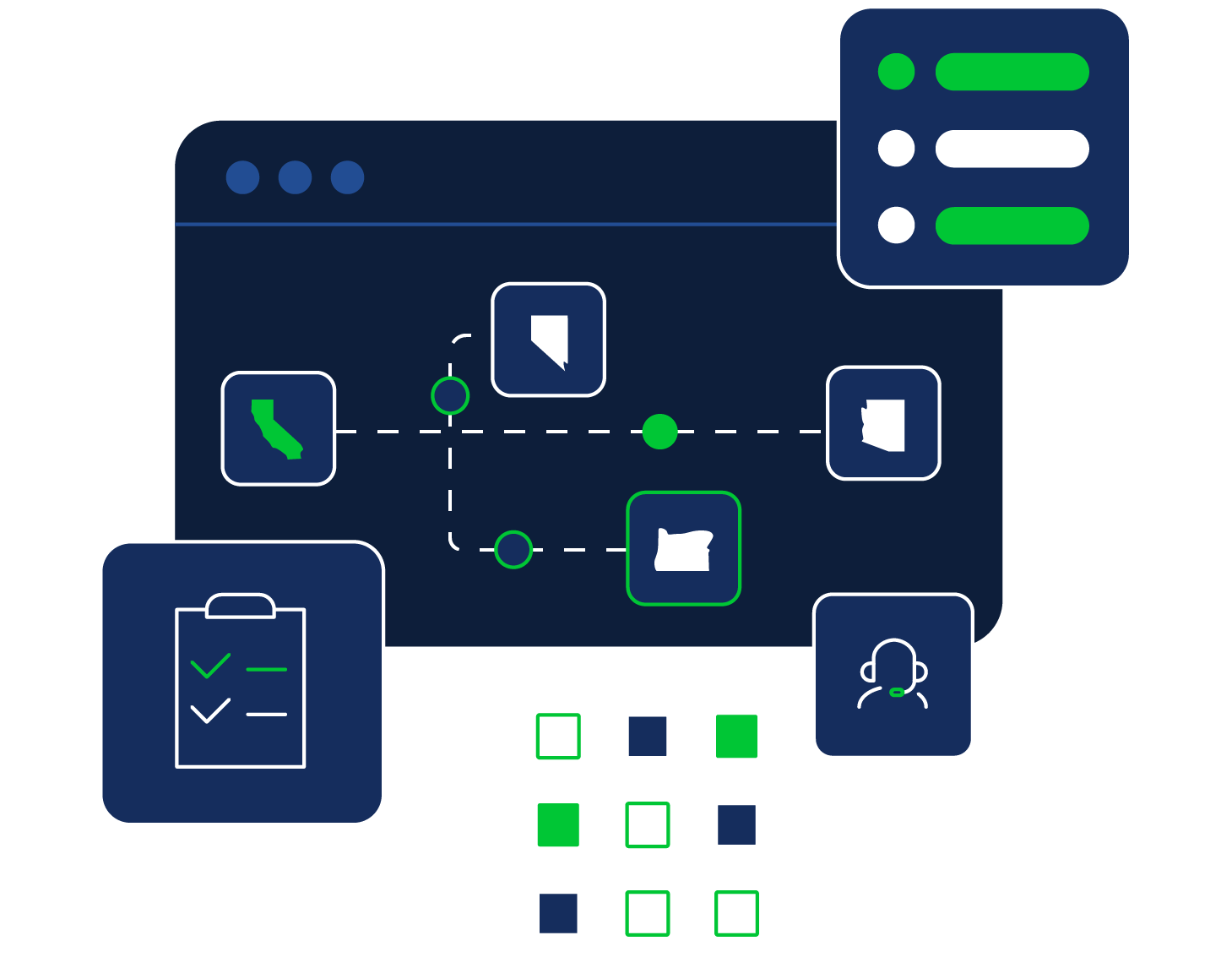
Preparation includes the development of internal procedures for implementing EMAC, incorporate planning and lessons learned, resource allocation with neighboring states, conducting EMAC training and exercises in cooperation with State EMA/Resource Providers, developing Mission Ready Packages (MRPs), and more.
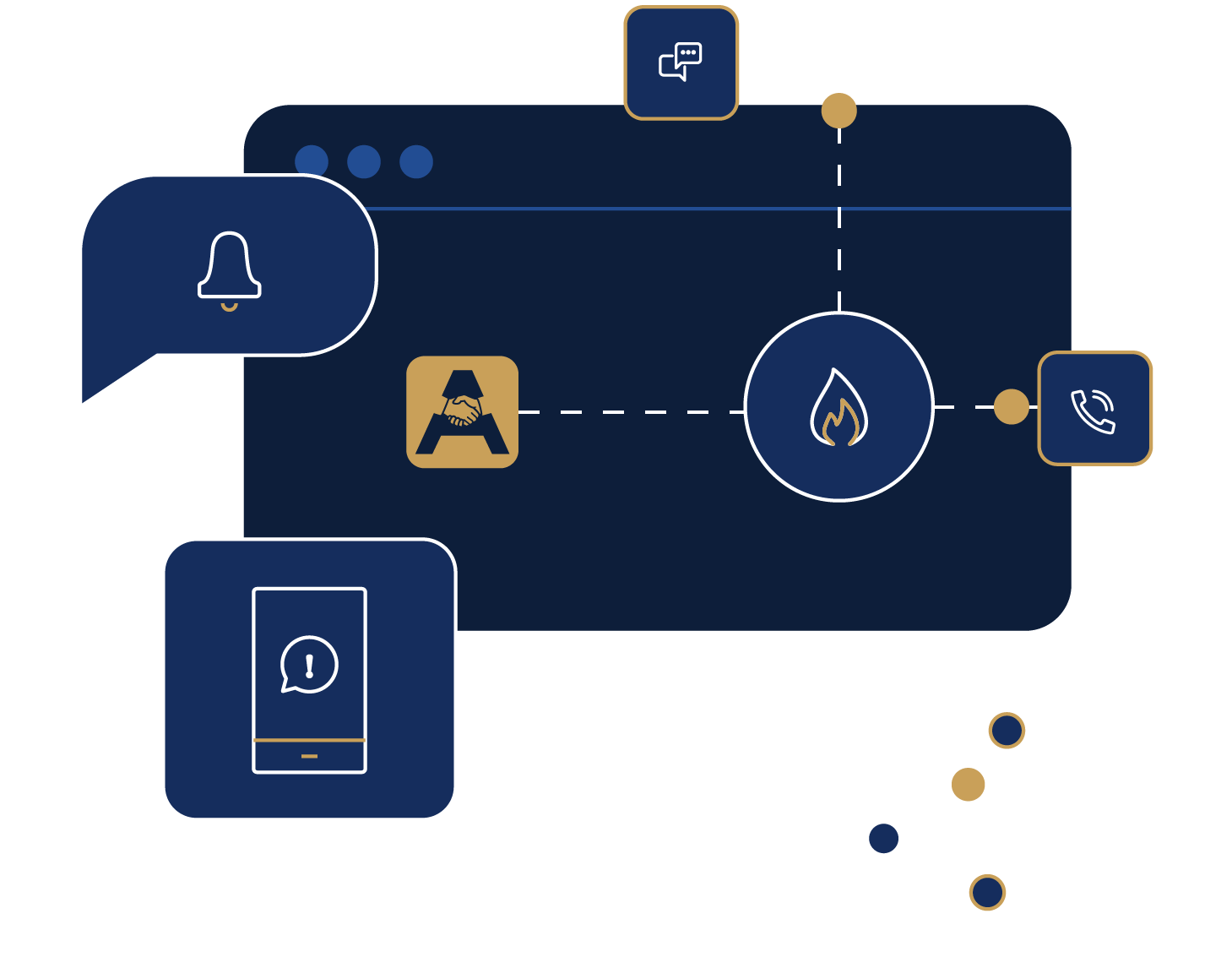
Even prior to the declaration, the affected state opens an event in the online EMAC Operations System (EOS), alerting both the National Coordinating State (NCS) and NEMA that a request for resources is likely.
Note: Only the affected state needs to declare an emergency or disaster.
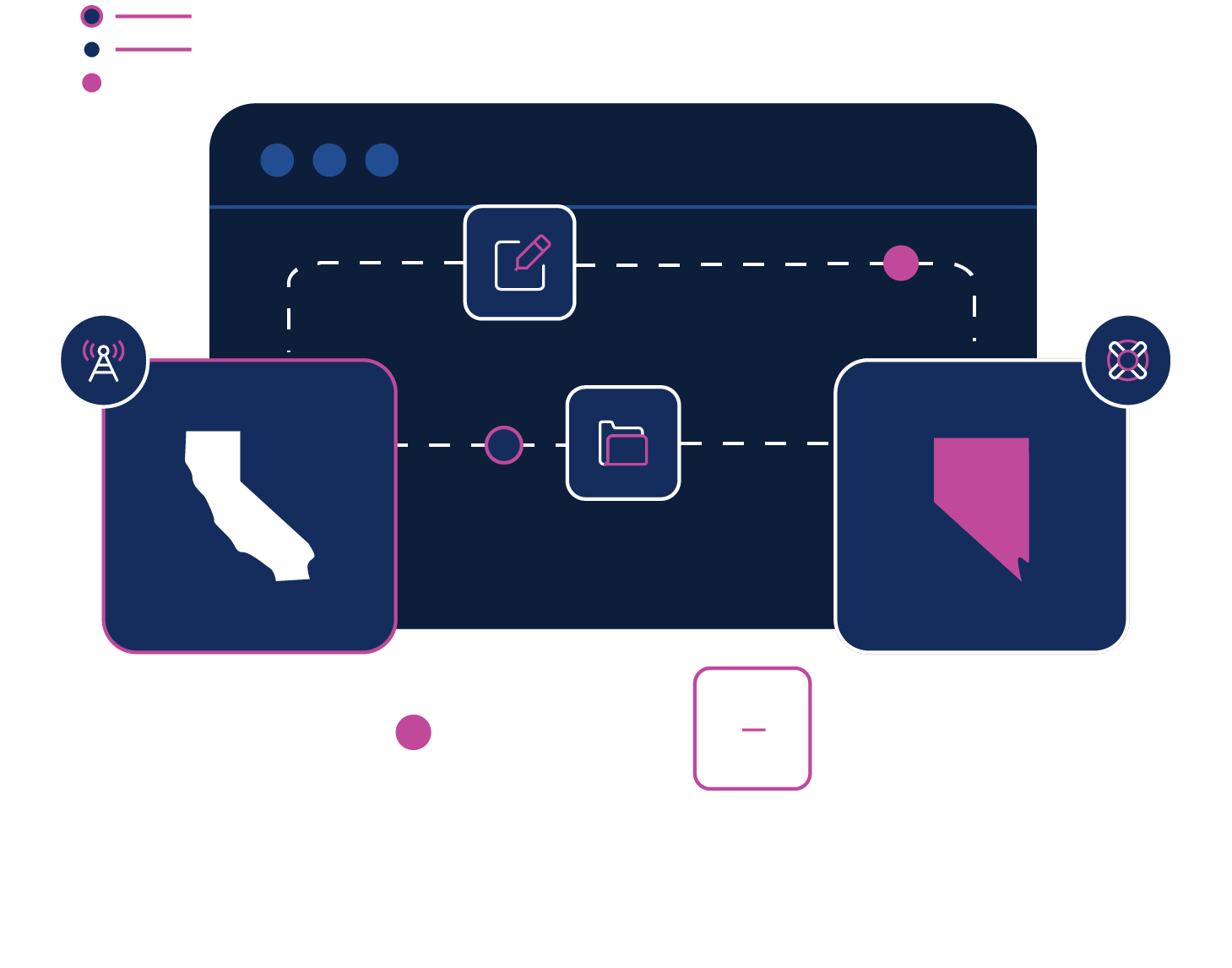
Resource requests are sourced starting with the closest states (time/distance).
The potential Assisting States assess their own risk level, and if able, use their in-state EMAC activation protocols to contact Resource Providers to determine availability and to submit offers of assistance. If resource Providers have Mission Ready Packages (MRPs) this process takes less than a minute.
The Requesting and Assisting State Emergency Management Agencies complete the EMAC Resource Support Agreement (RSA) for accepted offers of assistance. The completed RSA constitutes a legally binding agreement between the two states.
The process is facilitated through the EMAC Operations System (EOS).
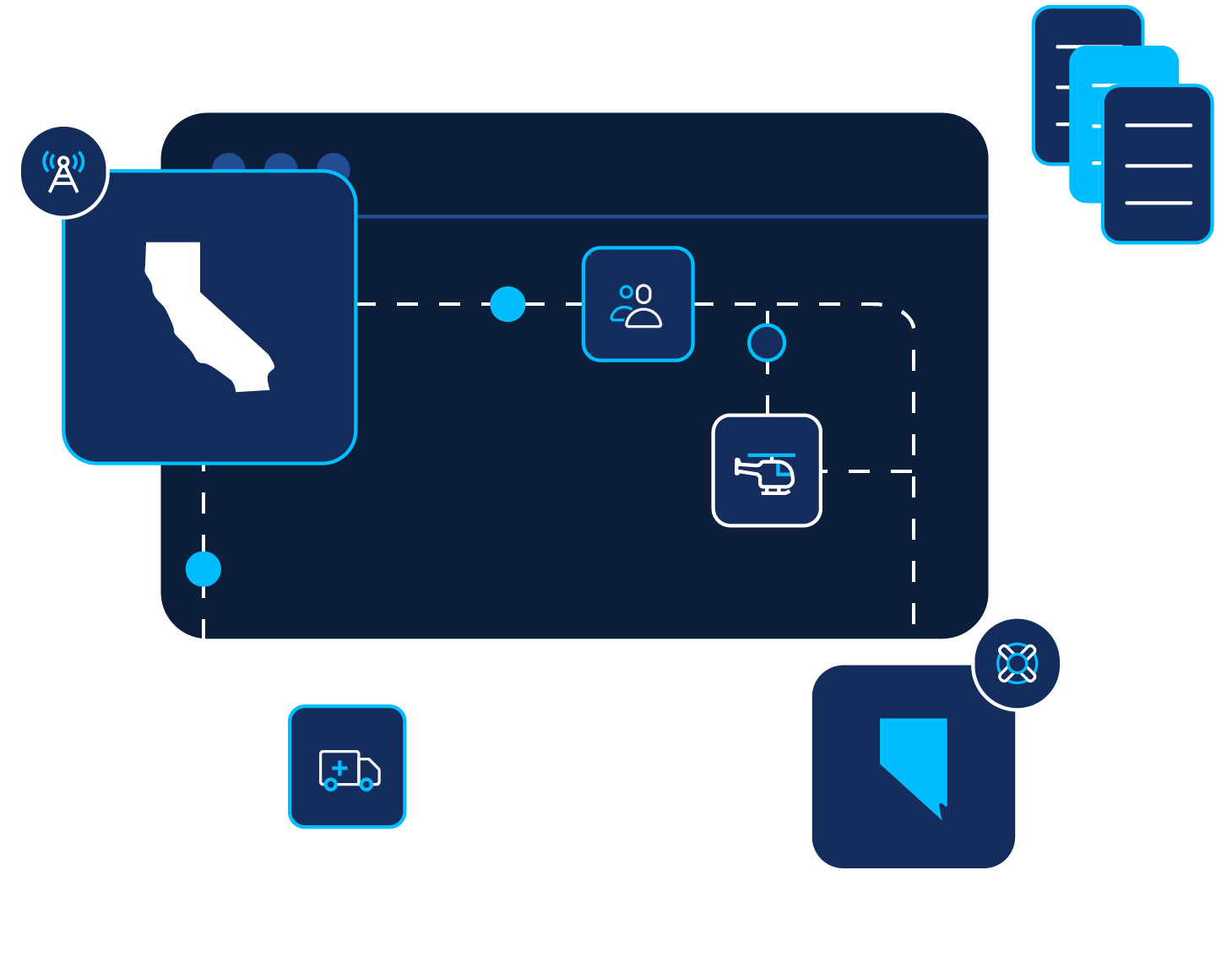
It is critically important that Deploying Personnel receive a pre-deployment briefing, receive an EMAC Mission Order Authorization Form (Mission Order) prior to their deployment, are educated on EMAC, understand their responsibilities in tracking mission expenses and maintaining documentation, and maintain contact with their home state emergency management agency while on their deployment.
Due to the nature of the situation, deployed personnel will likely encounter difficult living and working circumstances, limited communications, traumatized residents and coworkers, long working hours, primitive field conditions, and other difficult situations. Deployed personnel routinely say going on an EMAC deployment has been the most rewarding event of their careers.
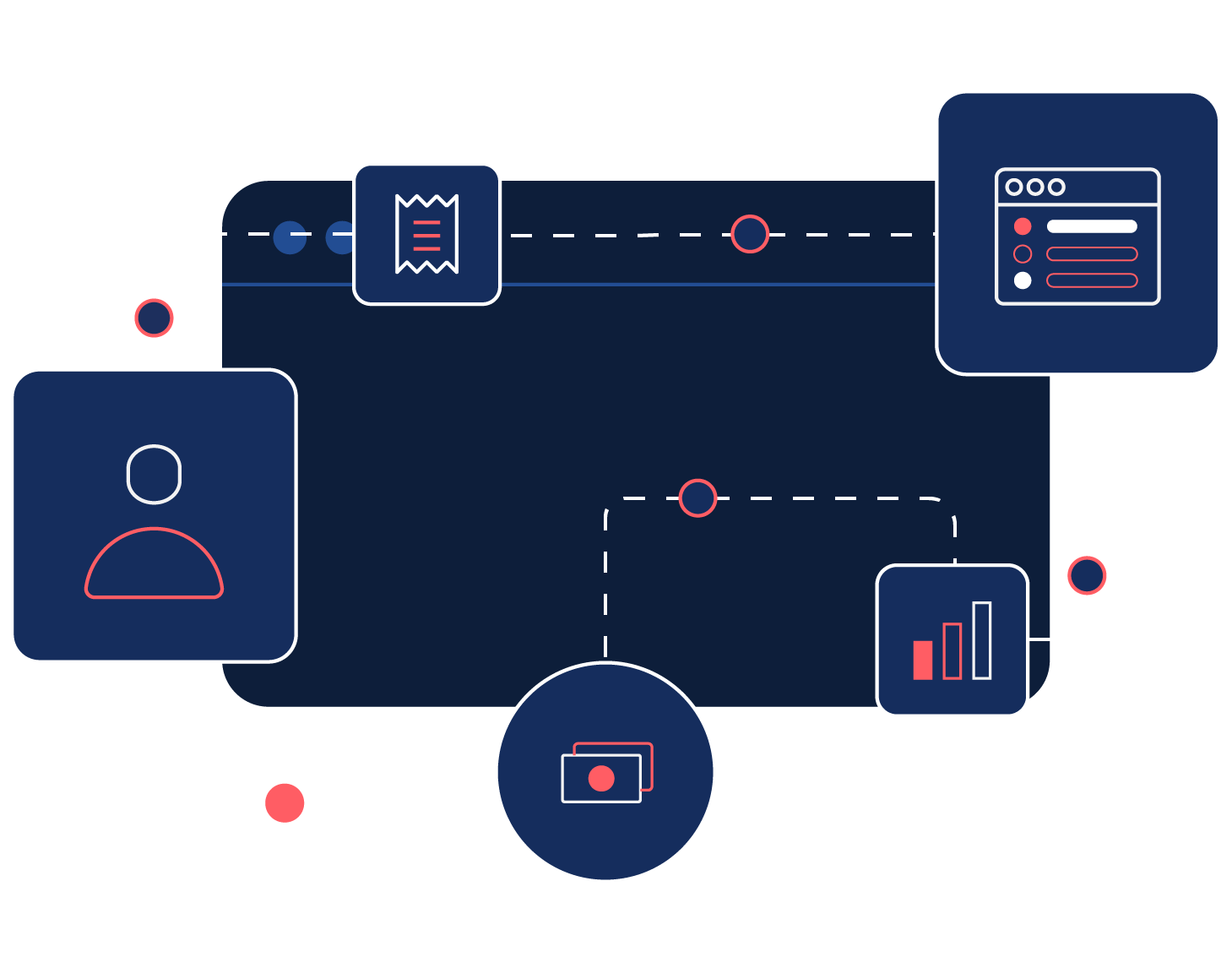
Reimbursement starts with Deployed Personnel and Resource Providers submitting a reimbursement package to the Assisting State. Assisting States audit reimbursement packages that are sent to Requesting States who, upon completing an audit and resolving any outstanding issues, issue payment back to the Assisting State.
Notes:
- A state’s obligation to pay EMAC reimbursements is not contingent upon the receipt of federal funds.
- The EMAC RSA, the legally binding agreement completed for every EMAC mission, is based upon estimated costs. Reimbursement costs should mirror; but will not exactly match the RSA.
- State may also donate in part or in whole services.
Learn more about the EMAC process by taking an online course in the eLearning center | Earn CEUs in our Self-Paced eLearning Center Free Online CoursesThe EMAC eLearning Center has free online courses that covers the EMAC system from preparing for an EMAC mission to seeking reimbursement. Start your online course today! |
|---|

Preparation includes the development of internal procedures for implementing EMAC, incorporate planning and lessons learned, resource allocation with neighboring states, conducting EMAC training and exercises in cooperation with State EMA/Resource Providers, developing Mission Ready Packages (MRPs), and more.

Even prior to the declaration, the affected state opens an event in the online EMAC Operations System (EOS), alerting both the National Coordinating State (NCS) and NEMA that a request for resources is likely.
Note: Only the affected state needs to declare an emergency or disaster.

Resource requests are sourced starting with the closest states (time/distance).
The potential Assisting States assess their own risk level, and if able, use their in-state EMAC activation protocols to contact Resource Providers to determine availability and to submit offers of assistance. If resource Providers have Mission Ready Packages (MRPs) this process takes less than a minute.
The Requesting and Assisting State Emergency Management Agencies complete the EMAC Resource Support Agreement (RSA) for accepted offers of assistance. The completed RSA constitutes a legally binding agreement between the two states.
The process is facilitated through the EMAC Operations System (EOS).

It is critically important that Deploying Personnel receive a pre-deployment briefing, receive an EMAC Mission Order Authorization Form (Mission Order) prior to their deployment, are educated on EMAC, understand their responsibilities in tracking mission expenses and maintaining documentation, and maintain contact with their home state emergency management agency while on their deployment.
Due to the nature of the situation, deployed personnel will likely encounter difficult living and working circumstances, limited communications, traumatized residents and coworkers, long working hours, primitive field conditions, and other difficult situations. Deployed personnel routinely say going on an EMAC deployment has been the most rewarding event of their careers.

Reimbursement starts with Deployed Personnel and Resource Providers submitting a reimbursement package to the Assisting State. Assisting States audit reimbursement packages that are sent to Requesting States who, upon completing an audit and resolving any outstanding issues, issue payment back to the Assisting State.
Notes:
- A state’s obligation to pay EMAC reimbursements is not contingent upon the receipt of federal funds.
- The EMAC RSA, the legally binding agreement completed for every EMAC mission, is based upon estimated costs. Reimbursement costs should mirror; but will not exactly match the RSA.
- State may also donate in part or in whole services.

Preparation includes the development of internal procedures for implementing EMAC, incorporate planning and lessons learned, resource allocation with neighboring states, conducting EMAC training and exercises in cooperation with State EMA/Resource Providers, developing Mission Ready Packages (MRPs), and more.
Learn more about the EMAC process by taking an online course in the eLearning center or by downloading the EMAC App
Earn CEUs in our Self-Paced eLearning Center Free Online Courses
Start your online course today!
Earn CEUs in our Self-Paced eLearning Center Free Online Courses
Deploying through EMAC?
Get "Just in Time Training" via the EMAC App. Check out our App (on iOS and Android)

EMAC Responds to All Emergencies, Across All Professions
Learn About EMAC & Your Discipline
EMAC supports disaster response and recovery across all emergency situations and professional fields.
If you're part of a state agency, you can deploy through EMAC. Local responders can also participate with the right agreements in place.
Select your discipline below to learn more.

 Pre-Event Preparation
Pre-Event Preparation  Activation
Activation  Request & Offer
Request & Offer  Response
Response  Reimbursement
Reimbursement 


